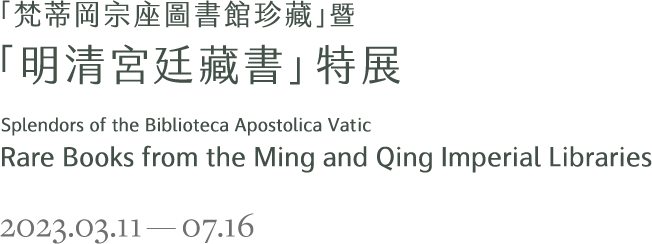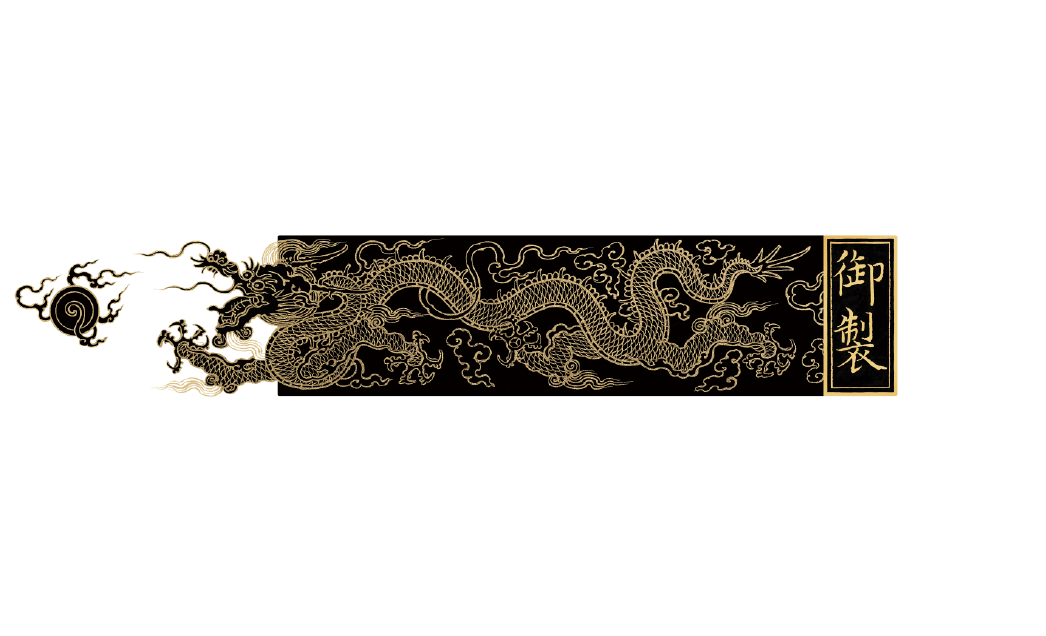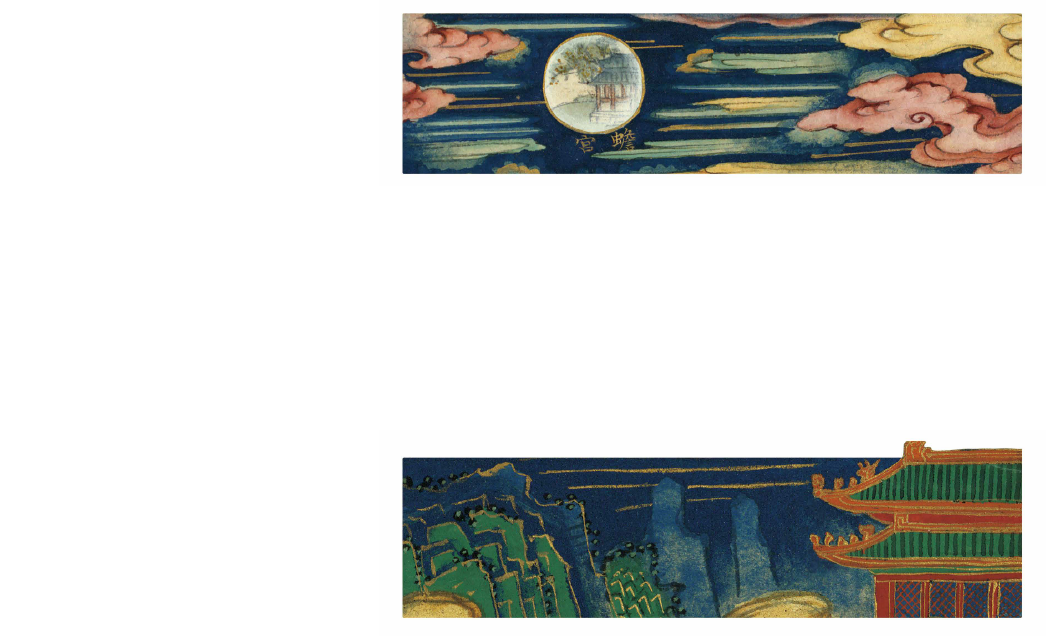Introduction
Prior to the official founding of the Bibliotheca Apostolica Vaticana in the fifteenth century, the construction of the Forbidden City in Beijing by the Ming court had already been completed for some time, and the imperial library had taken shape. While the library had a rich collection, many books were damaged or even lost as a result of sorts of calamities. When the Manchus came to rule China, they enriched the Ming imperial collections by amassing ancient and contemporary rare editions; they even carried forward a host of bibliographic enterprises aimed at appraising and appreciating rare and antiquarian titles handed down through the ages, organizing and cataloging texts from previous dynasties and compiling and printing various imperially produced or endorsed books, thus adding a refreshing twist to the cultural vista of the time. Despite numerous upheavals in China in the succeeding centuries, the imperial libraries of the Ming and Qing had survived, and a large number of books housed therein are very well preserved to this day, a testimony to the miraculous serendipity in the annals of China's imperial libraries.
The exhibition comprises four sections that offer an overview of the most treasured titles from the Ming and Qing imperial libraries in the National Palace Museum's collection of rare books. The first section, Scholarly Orthodoxies, traces the cultural enterprise of the Ming and Qing dynasties in the context of canonical scholarship defined by the imperial courts. The second section, Treasures from the Imperial Libraries, presents a number of rare Song and Yuan editions assembled by the Ming and Qing courts and provides an account of the Qing emperors' stand on preserving and collecting rare editions as well as their contributions. The third section, The Splendor of Court Editions, brings to the fore the achievements of Ming and Qing courts in the compilation and production of various texts and explains how books became part of the connected system of rites of the imperial court. The fourth section, Spiritual Reflection, introduces the dynamic religious milieu in and out of the Forbidden City and how the circumstances caused the making of rigorously produced and solemnly rendered collections of religious scriptures.



